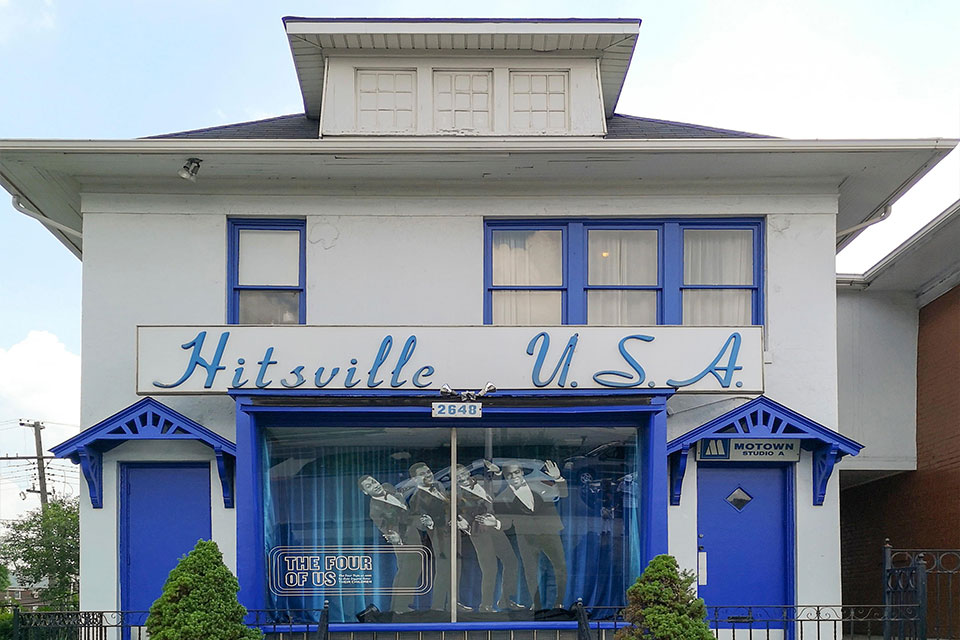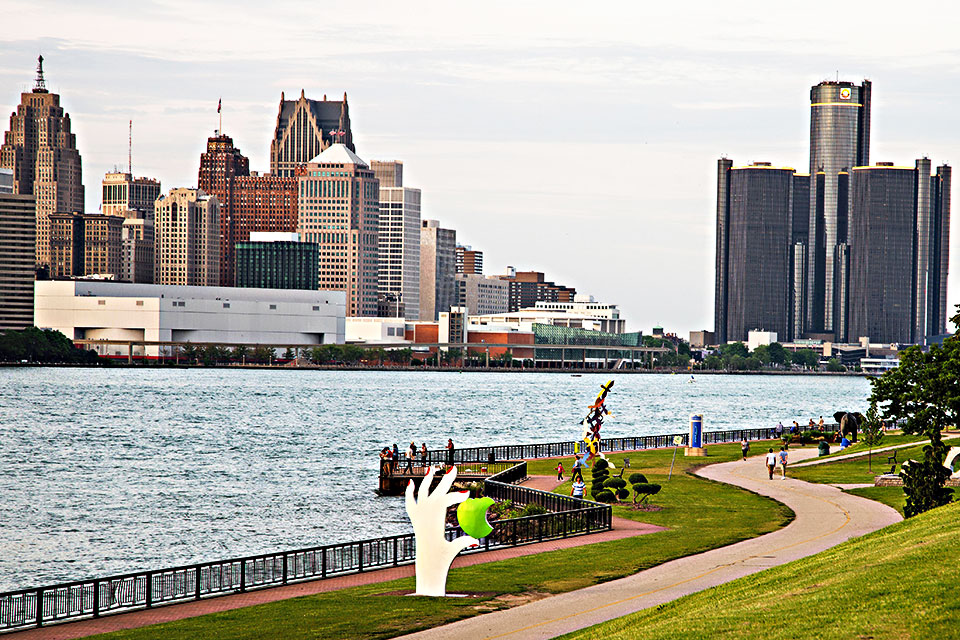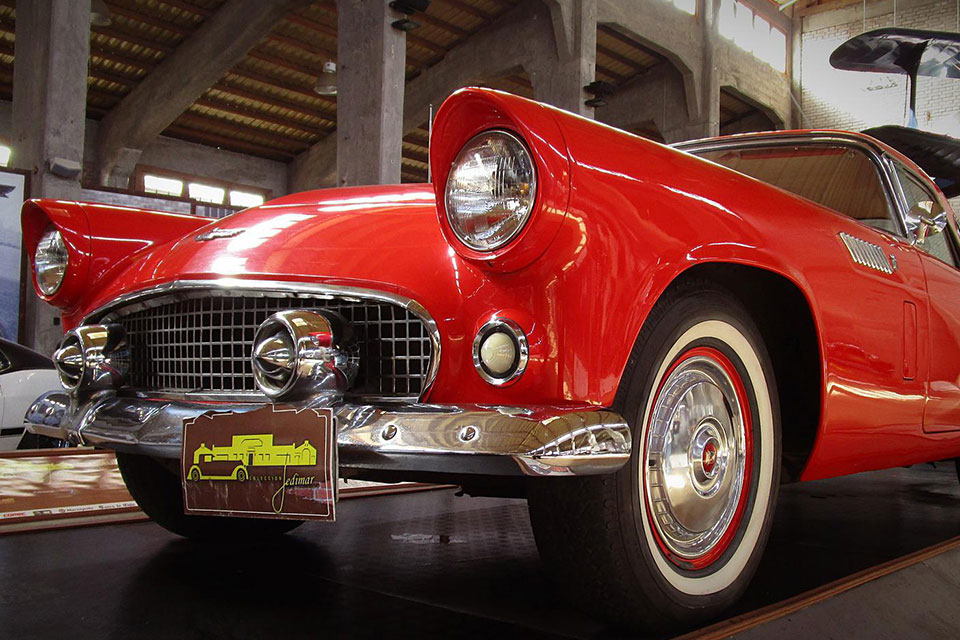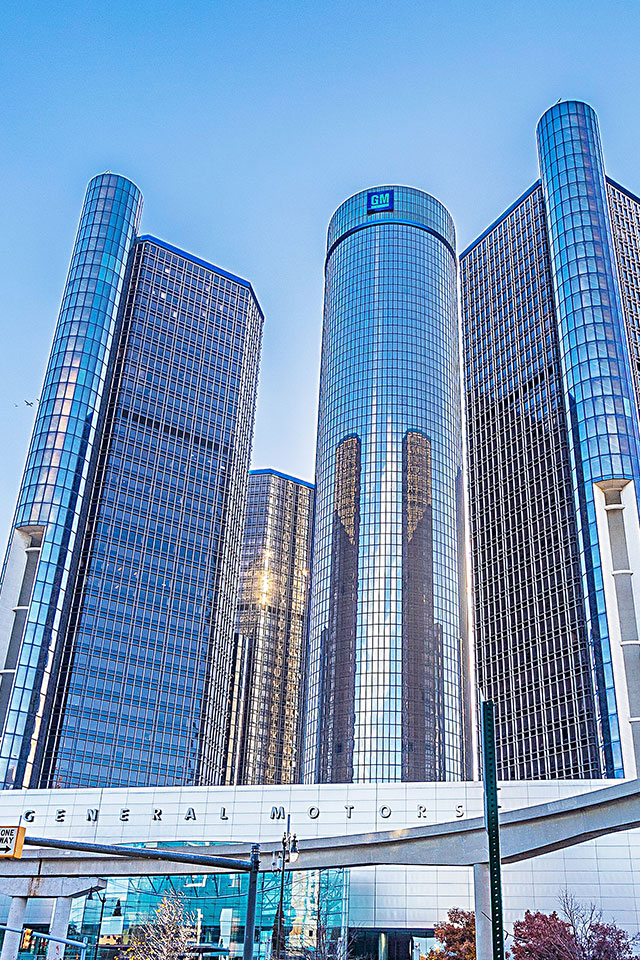The HELLER location in the USA
Beginnings:
HELLER Machine Tools L.P. was founded in 1982 in Illinois. In 1992 we relocated to Troy, Michigan. This location 30 kilometers north of Detroit houses our production and sales as well as an engineering and Technology Center.
Tasks:
- marketing of HELLER products for North America (USA, Mexico, Canada)
- Technology Center for customer project and production support and management
- distribution partnerships for machine tool sales and service
- engineering and application support
- technical support and training
- preventive and corrective maintenance and servicing
- single machine and system installations
- machine retrofits and rebuilds
- HELLER sales support
Management:
Kenneth Goodin
Employees:
Over 120
Customers:
Our clientele comprises a large number of companies from a wide variety of sectors ranging from the oil & gas, automotive and general machine industry and the supplier industry through to the steadily growing aerospace industries. HELLER’s 5-axis HF series for combined milling/turning are the ideal machines to cut precision parts while offering a reduced cycle time and guaranteeing optimum production quality.
Objectives:
Our goal is to expand HELLER’s market share throughout the multiple industries, such as aerospace, oil & gas, maritime, electric vehicles and motorsports – by offering each customer comprehensive and specific support through a real partnership. To achieve this goal, we have teamed up with industry trusted machine tool distribution partners and we also continue to build on a very experienced team in our Sales, Service, and Engineering departments. From a single machine to a fully automated turnkey machining system, HELLER USA provides our customers with a solution that not only offers highest precision, but also provides peace of mind that their HELLER machine will help them maximize their production and provide a worry-free environment where good parts are produced every time.
Points of interest in and around the “Motor City” Detroit
Motown Museum
‘Hitsville U.S.A.’ is the nickname given to Motown’s first headquarters and recording studio. The house is located at 2648 West Grand Boulevard in Detroit, Michigan, near the New Center area. The house was purchased by Motown founder Berry Gordy in 1959. After purchasing the house, Gordy converted it for use as the record label’s administrative building and recording studio. Following mainstream success in the mid 1960s through mid 1970s, Gordy moved the label to Los Angeles and established the Hitsville West studio there, as a part of his focus on television and film production as well as music production. Today, the ‘Hitsville U.S.A.’ property operates as the Motown Museum, which is dedicated to the legacy of the record label, its artists and its music. The museum occupies the original house and an adjacent former residence.
Motown Museum is the ongoing heartbeat of the Motown legacy – a global tourist destination for music and history fans that celebrates the authentic story of Motown from its humble beginnings to its emergence as the ‘Sound of Young America’ and beyond. The Museum brings together fans, people and ideas from different generations and it captures the imagination to fuel dreams and inspire accomplishments.


Detroit Riverfront
The Detroit International Riverfront is a tourist attraction and landmark of Detroit, Michigan extending from the Ambassador Bridge in the west to Belle Isle in the east, for a total of 5.5 miles. The International Riverfront encompasses a cruise ship passenger terminal and dock, a marina, a multitude of parks, restaurants, retail shops, skyscrapers and high-rise residential areas along with TCF Center. The Marriott at the Renaissance Center and the Robert’s Riverwalk Hotel are also situated along the International Riverfront. Private companies and foundations together with the city, state and federal government have contributed several hundred million dollars toward the riverfront development. Key public spaces in the International Riverfront, such as the RiverWalk, Dequindre Cut Greenway and Trail, William G. Milliken State Park and Harbor and a cruise ship passenger terminal and dock at Hart Plaza complement the architecture of the area.
Detroit Riverfront
The Detroit International Riverfront is a tourist attraction and landmark of Detroit, Michigan extending from the Ambassador Bridge in the west to Belle Isle in the east, for a total of 5.5 miles. The International Riverfront encompasses a cruise ship passenger terminal and dock, a marina, a multitude of parks, restaurants, retail shops, skyscrapers and high-rise residential areas along with TCF Center. The Marriott at the Renaissance Center and the Robert’s Riverwalk Hotel are also situated along the International Riverfront. Private companies and foundations together with the city, state and federal government have contributed several hundred million dollars toward the riverfront development. Key public spaces in the International Riverfront, such as the RiverWalk, Dequindre Cut Greenway and Trail, William G. Milliken State Park and Harbor and a cruise ship passenger terminal and dock at Hart Plaza complement the architecture of the area.

Henry Ford Museum of American Innovation
The Henry Ford Museum is a historical complex in the Detroit suburb of Dearborn, Michigan. The museum collection contains the presidential limousine of John F. Kennedy, Abraham Lincoln’s chair from Ford’s Theatre, Thomas Edison’s laboratory, the Wright Brothers’ bicycle shop, the Rosa Parks bus and many other historical exhibits. It is the largest indoor-outdoor museum complex in the United States and is visited by over 1.7 million people each year. It was listed on the National Register of Historic Places in 1969 as ‘Greenfield Village and Henry Ford Museum’ and designated a National Historic Landmark in 1981 as ‘Edison Institute’.


GM Renaissance Center
The Renaissance Center is a group of seven connected skyscrapers in Downtown Detroit, Michigan, United States. The Renaissance Center complex is on the Detroit International Riverfront and is owned by General Motors as its world headquarters. The central tower has been the tallest building in Michigan since it was erected in 1977. John Portman was the principal architect for the original design. The first phase consisted of a five-tower rosette rising from a common base. Four 39-story office towers surround the 73-story hotel rising from a square podium which includes a shopping center, restaurants, brokers and banks. The first phase officially opened in March 1977. Portman’s design brought renewed attention to city architecture since it resulted in construction of the world’s tallest hotel at the time. Two additional 21-story office towers opened in 1981. This type of complex has been termed a city within a city. It is the home of the General Motors world headquarters.
GM Renaissance Center
The Renaissance Center is a group of seven connected skyscrapers in Downtown Detroit, Michigan, United States. The Renaissance Center complex is on the Detroit International Riverfront and is owned by General Motors as its world headquarters. The central tower has been the tallest building in Michigan since it was erected in 1977. John Portman was the principal architect for the original design. The first phase consisted of a five-tower rosette rising from a common base. Four 39-story office towers surround the 73-story hotel rising from a square podium which includes a shopping center, restaurants, brokers and banks. The first phase officially opened in March 1977. Portman’s design brought renewed attention to city architecture since it resulted in construction of the world’s tallest hotel at the time. Two additional 21-story office towers opened in 1981. This type of complex has been termed a city within a city. It is the home of the General Motors world headquarters.


